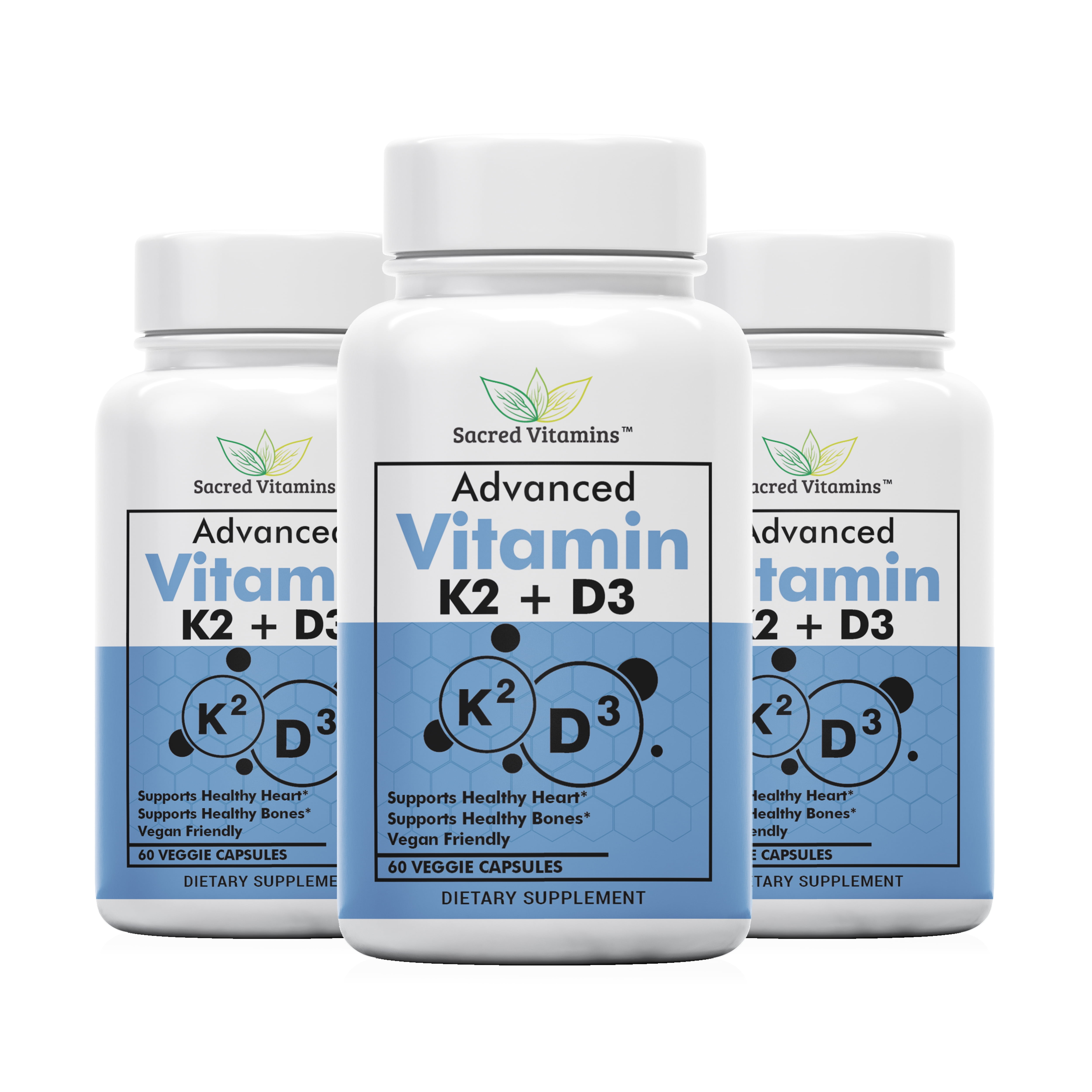

The highest level reported was approximately 150 mcg/L, occurring 18 hours after a 3 mg dose. Peak milk vitamin K 1 levels occurred at 12 to 24 hours after administration in all subjects.

Milk was sampled at baseline and then at random times over 2 days after administration in 3 of the mothers and at fixed 6-hour intervals over 1 day in the fourth mother. Relevant published information regarding vitamin K milk levels in mothers taking MK-4 supplements was not found as of the revision date.įour lactating mothers were given 0.1, 0.5, 1, or 3 mg single doses of oral vitamin K 1. Their milk levels can be increased in mothers who consume certain fermented foods. Other menaquinones are synthesized by some bacteria. It can also be derived from maternal dietary poultry in countries where vitamin K3 (menadione), a chemical precursor of MK-4, is used in poultry feed. Since MK-4 can be synthesized from phylloquinone in the mother, dietary phylloquinone is the main source of milk MK-4.

Vitamin K 2 (menaquinones) are also present in milk, mainly as menatetrenone (menaquninone-4 MK-4), at approximately one-half the levels of vitamin K 1. Vitamin K 1 (phylloquinone) is the predominant form in plasma and milk and derives from maternal dietary plant sources. Levels are approximately 1 mcg/L higher in hindmilk than foremilk. Similar levels have been reported in colostrum. Vitamin K is naturally present in human milk in concentrations of 1 to 9 mcg/L (2.2 to 20 nmol/L).


 0 kommentar(er)
0 kommentar(er)
